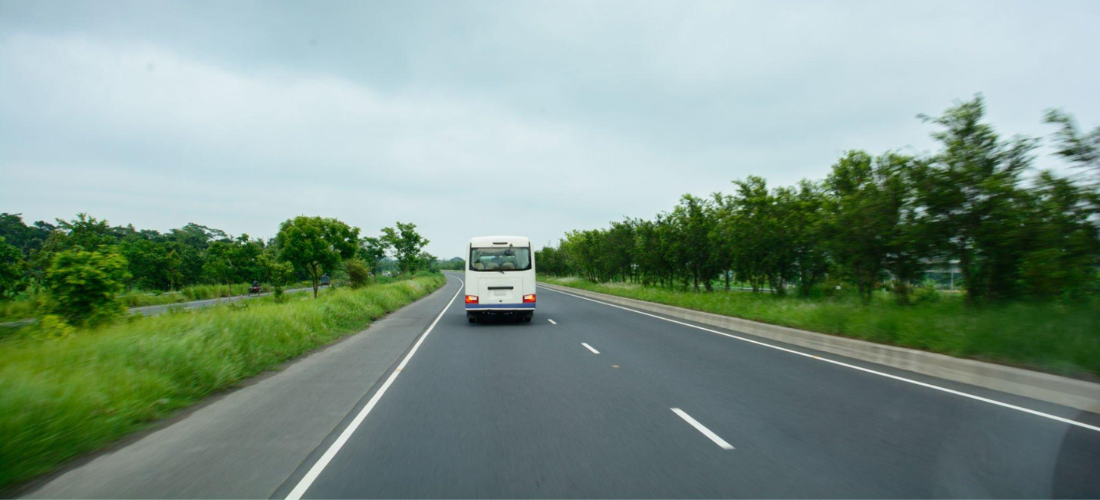When it comes to maintaining our roads and ensuring their safety and longevity, microsurfacing is a game-changing technique. At the heart of microsurfacing operations is the road resurfacing machine, a critical piece of equipment that plays a key role in transforming road surfaces. In this article, we will explore the significance of road resurfacing machines in the microsurfacing process and their contributions to creating smoother and safer roads.
Understanding Microsurfacing
Microsurfacing is a cost-effective and sustainable road maintenance technique. It involves the application of a thin layer of specialized slurry mix onto the existing road surface. This slurry mix typically consists of polymer-modified asphalt, mineral aggregate, mineral filler, water, and additives. The result is a smooth, skid-resistant, and durable road surface that extends the lifespan of the road and enhances safety for drivers.
The Role of Road Resurfacing Machines
Road resurfacing machines, often known as microsurfacing machines or slurry seal machines, are the workhorses of the microsurfacing process. They perform several crucial functions:
1. Mixing and Application:
Road resurfacing machines are equipped with specialized tanks and mixers that prepare the microsurfacing slurry. These machines ensure that the various components of the slurry mix are combined in the correct proportions to create a consistent and high-quality mixture. The machine then applies this mixture evenly onto the road surface, guaranteeing a uniform coating.
2. Precision Control:
Microsurfacing machines are designed to offer precise control over the application process. Operators can adjust the machine’s settings to control the thickness of the applied layer and the speed of application. This precision is essential in achieving the desired road surface characteristics, such as skid resistance and texture.
3. Rapid Construction:
Road resurfacing machines are capable of quick and efficient operation. Since microsurfacing is a thin overlay, the process can be completed swiftly, reducing road closure times and minimizing disruption to traffic. This rapid construction is a significant advantage in urban areas where traffic flow is a concern.
4. Safety Features:
Modern road resurfacing machines come equipped with safety features to protect both operators and the surrounding environment. These features include dust control systems, emergency shut-off mechanisms, and visibility enhancements to ensure safe and efficient operation.
Advantages of Using Road Resurfacing Machines in Microsurfacing:
Quality Control: Road resurfacing machines ensure the consistent and high-quality application of microsurfacing slurry, reducing the chances of defects and improving the overall durability of the road surface.
Cost Efficiency: Microsurfacing is a cost-effective maintenance technique, and road resurfacing machines contribute to its efficiency by minimizing material waste and labor costs.
Minimal Disruption: The quick application process facilitated by road resurfacing machines minimizes road closures and traffic disruptions, making microsurfacing an ideal choice for busy roadways.
Environmental Benefits: Microsurfacing is an environmentally friendly option with lower emissions and reduced material usage, aligning with sustainability goals.
Conclusion The road resurfacing machine is undeniably a key player in the microsurfacing process. Its precise mixing and application capabilities, rapid construction, and safety features make it an invaluable asset for road maintenance and rehabilitation. By embracing this technology, communities can enhance the durability, safety, and sustainability of their road networks, ultimately providing smoother and safer journeys

